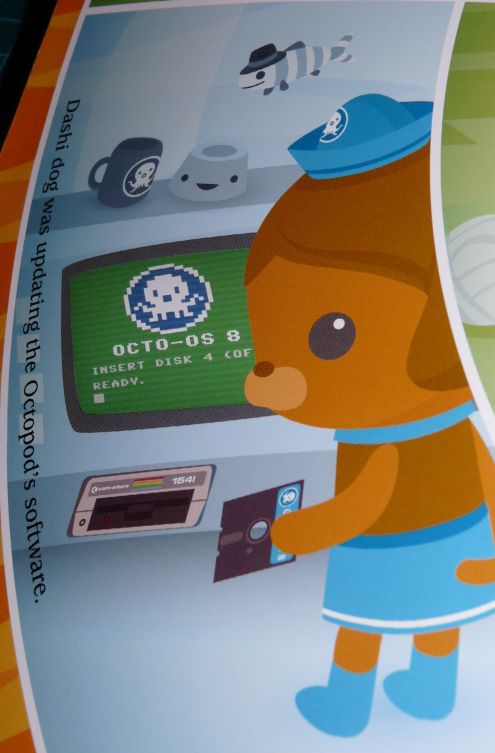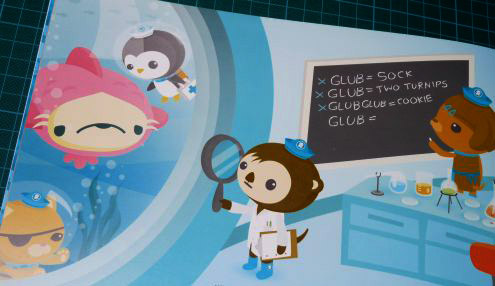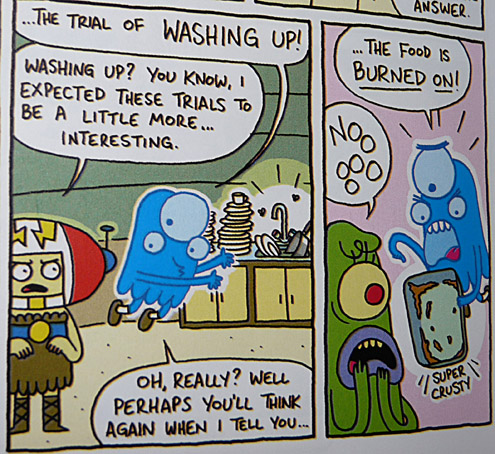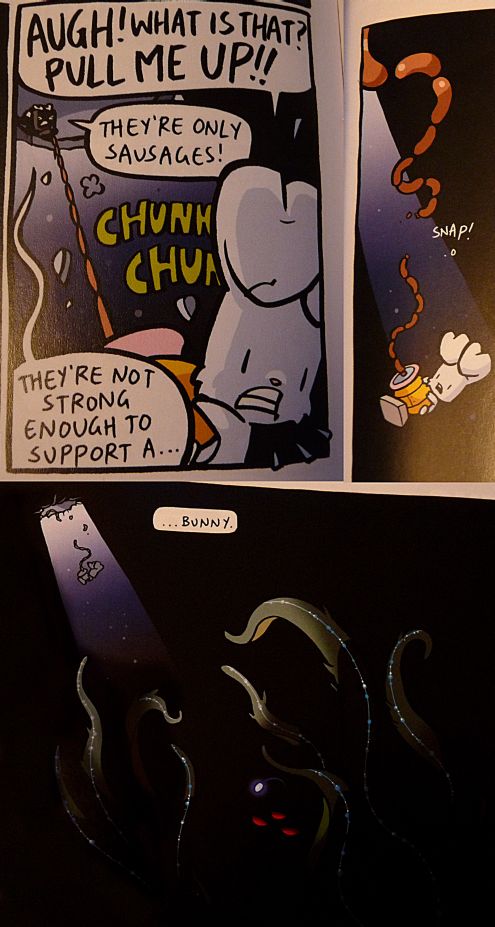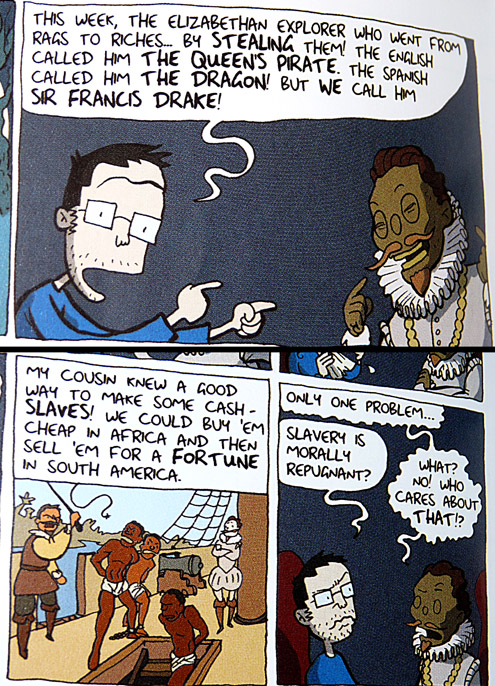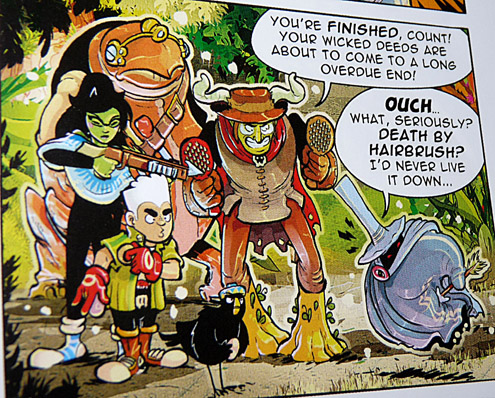I like to share individually great things in Things. But some people just churn out consistently great things, no one of which stands out as a notably better thing… and as a result, they don’t tend to feature in Things. So, this Things is all about those things.
Captain Disillusion
I originally linked to a Captain D video way back in Things 17, but his recent launch on Patreon reminded me that really just about all of his stuff is great, so you should see it.
The Books
If you like the idea of music formed out of obscure samples layered up with surreal folk and an electronic sensibility, The Books are about twice as awesome as you could have hoped. Now no longer together, they leave us with four albums and sense of fathomless loss. Some highlights:
The Animated Description of Mr Maps – notable for the striking synchronisation of percussion and speech at 2’30”:
Take Time – a great example of how they weave samples from a mix of sources to create a strangely resonant overall effect:
Bad Advisor
The Bad Advisor is a Tumblr founded on the observation that in some publications, people write in to advice columns clearly looking for endorsement of terrible decisions they have already made. I used to think sarcasm the lowest form of wit, but the Bad Advisor elevates it to new heights by posting responses explicitly giving the bad advice that was sought.
Some sample moments might help. Concluding remarks on “Help, Our Daughter Believes She Has A Right To Define The Terms Of Her Own Lived Experience“:
It’s strange and disappointing that your daughter has decided to become “cold and uncommunicative” toward her parents, when all you did was inform her that she’s a lying liar whose entire life is a sham and that you prefer the company of the man she says has abused her for the entirety of her adult life so far to entertaining the possibility that your mean old daughter isn’t just trolling everyone she knows for fun, but who knows why an apple would fall from a rotten, crumbling tree and then try to get the everloving fuck away from said rotten, crumbling tree, gravity is a huge mystery and no one knows how it works.
On the subject of “The Only Thing I Love More Than Accepting People For Who They Are Is Telling Them What To Wear When They’re In My Presence“:
The whole entire population of planet earth anxiously awaits your ruling on how they should act and dress in your presence, lest a pair of slacks singularly usher in the end of everything you have ever known or held dear. After all, what if someone thinks your sister-in-law is a man, and then they saw you hanging out with your sister-in-law, thinking she was a man that you were hanging out with?????????????????????????????????????????????????????????????????????????
Just go check out the whole archive, and be sure to read the tags at the bottom of each post which sometimes serve as a kind of Tumblr-version of the mouse-over-text-style extra punchline.
Londonist Londonist: Secrets of the London Tube
A lovely series of videos documenting interesting things about each of London’s tube lines. There’s some nice easter eggs and twists revealed when you make it to the Waterloo & City:
Transmission ends
